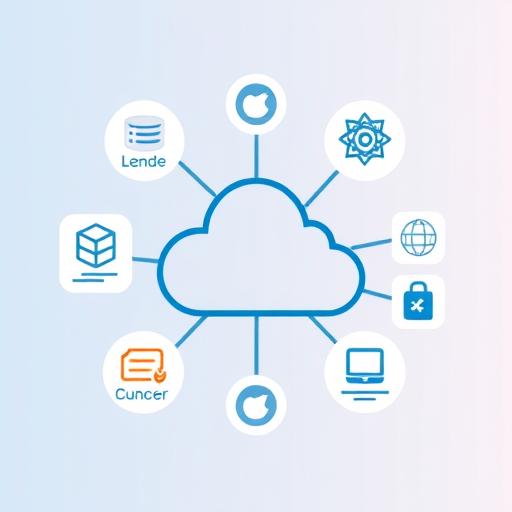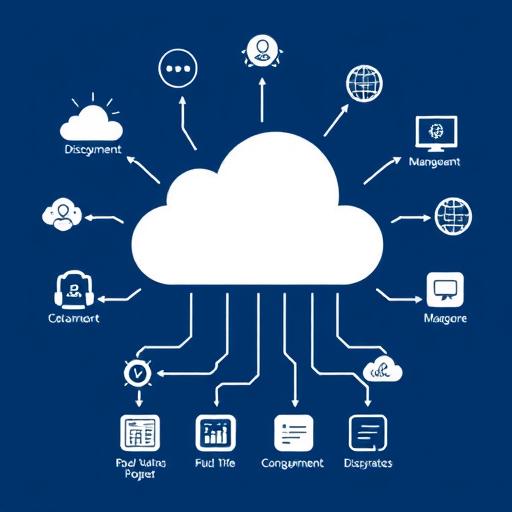Introduction to MultiCloud Management Tools: A Vital Resource for Modern IT Teams
Managing multiple cloud environments can seem daunting unless you have the right set of tools. This is where MultiCloud Management Tools come into the picture. They are absolutely essential for businesses that utilize cloud services such as AWS, Azure, and Google Cloud.

These platforms allow companies to streamline their operations, minimize risks, and make their cloud strategies more manageable. This article guides you through everything you need to know about these crucial tools.
Understanding MultiCloud Management Tools

MultiCloud Management Tools are software solutions that enable organizations to oversee, monitor, and optimize multiple cloud platforms via a single, consolidated dashboard.
Rather than juggling various vendor-specific consoles, IT teams can:
– Gain unified visibility
– Control costs
– Automate tasks
– Enforce consistent security policies

Essentially, these tools help to simplify the intricacies of multicloud environments.
The Business Shift towards MultiCloud
Utilizing more than one cloud service provider has significant advantages such as:
– Avoiding vendor lock-in
– Increasing availability and resilience
– Using best-in-class services for certain tasks
However, these benefits come with challenges such as inconsistent interfaces, billing confusion, and fragmented security. MultiCloud Management Tools help solve these issues by offering centralized control.
1. Centralized Monitoring and Alerts
These tools help to track the performance, uptime, and health of resources across all clouds in real-time. They provide:
– Single-pane dashboards
– Custom alerting systems
– Historical reporting and analytics
2. Cost Optimization and Billing Insights
They give you a clear view of where your cloud expenditure is going and how to minimize unnecessary costs, with features like:
– Unified billing reports
– Budget alerts
– Resource usage analysis
3. Automated Governance and Policy Enforcement
You can apply consistent rules across platforms to maintain compliance and security with features such as:
– Role-based access controls (RBAC)
– Policy-as-code tools
– Compliance templates (e.g., GDPR, HIPAA)
Top Contenders: MultiCloud Management Tools
With a multitude of tools on the market, it’s crucial to select the one that best fills your specific needs. Here are four top-rated options:
1. VMware Aria (formerly vRealize Suite)
– Focuses on hybrid and multicloud automation
– Deeply integrated with the VMware stack
– Ideal for enterprise environments
2. Morpheus
– Highly flexible and accomodating to open source
– Excellent DevOps integration
– Broad platform support
3. IBM Turbonomic
– AI-powered optimization
– Great for performance and cost efficiency
– Enterprise-grade analytics
4. Microsoft Azure Arc
– Extends Azure services to other clouds and on-premises
– Ideal for teams already using Azure
– Possesses strong identity and governance tools
Key Advantages of Employing MultiCloud Management Tools
1. Enhanced Operational Efficiency
Teams can control multiple clouds without alternating between interfaces, resulting in a reduction of time wasted and a decrease in errors.
2. Greater Cost Control
Comprehensive reports and usage tracking helps to prevent wasteful expenditure and optimizes cloud investments.
3. Strengthened Security and Compliance
With unified security policies and consistent monitoring, the likelihood of overlooking gaps that could be exploited by attackers is reduced.
Overcoming the Challenges of MultiCloud Management
Despite having such tools in place, certain challenges may persist such as:
– A steep learning curve for some platforms
– Integrations with legacy systems
– Variations in vendor support levels
However, the increase in visibility, control, and efficiency that you gain is well worth overcoming these obstacles.
Five Best Practices for MultiCloud Success
Maximize the value of your MultiCloud Management Tools by adhering to these best practices:
1. Define clear objectives for cloud usage
2.
Choose tools with open APIs for easy integration
3. Regularly train your team on new features
4.
Continuously review usage and adjust strategies
5. Prioritize security and automate compliance checks.
Verdict: The Importance of MultiCloud Management Tools
As cloud environments grow more sophisticated, MultiCloud Management Tools transition from being simply helpful to being critically essential. These tools empower your IT team to control diverse systems with confidence and improved efficiency.
Making a conscious decision to choose the right tool can save time, decrease costs, and enhance your overall cloud strategy.
For a more thorough understanding of multicloud computing, consider visiting the corresponding Wikipedia page.
Remember, it’s not about letting your cloud environment manage you – it’s all about taking charge with the right tool and paving the way towards a smarter, more resilient business future.
